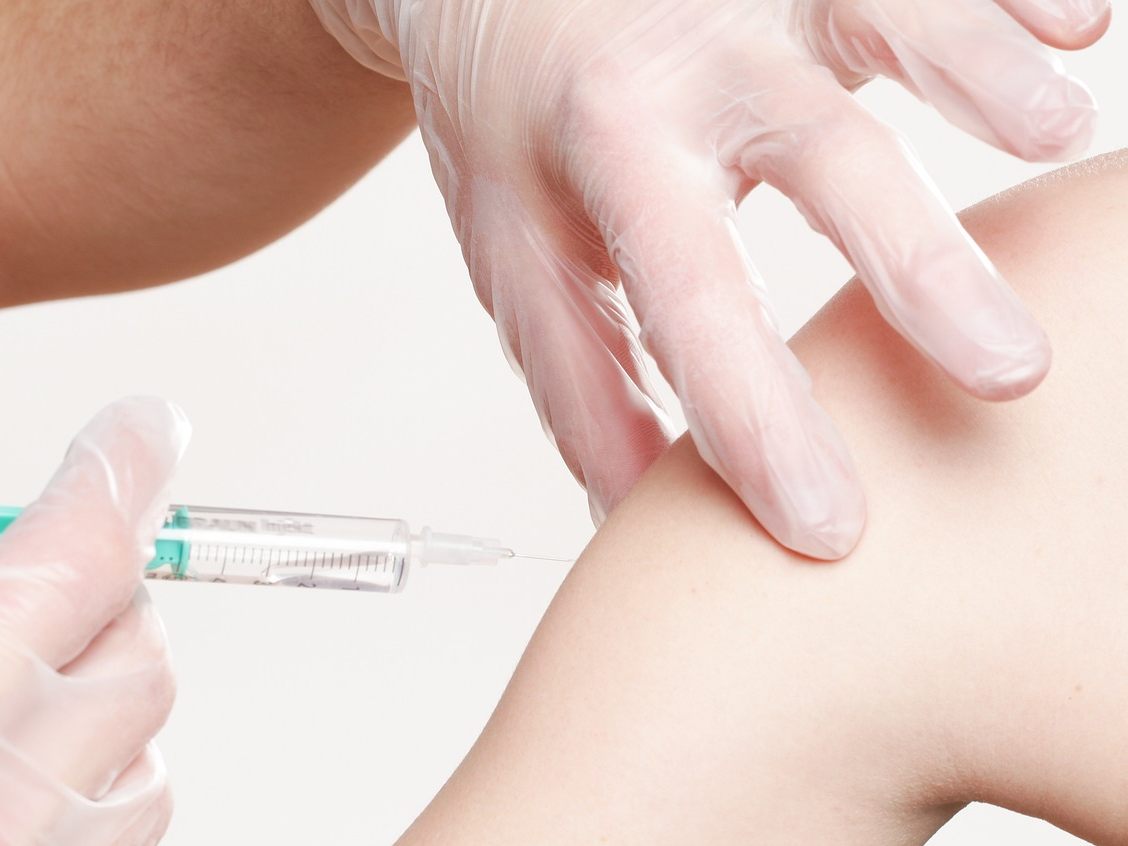Vaccine Hesitancy in Austria Leads to Return of Diphtheria and Whooping Cough

Vaccinations contribute significantly to public health, said ÖVIH President Renée Gallo-Daniel. Studies show that every euro invested in health prevention generates a return of 14 euros. A report highlights that vaccinations can bring society and the economy 19 times the investment. ÖVIH Secretary General Olivier Jankowitsch emphasizes that vaccinations should be seen as an investment, as diseases result in the loss of healthy life years and significant costs. A shift towards prevention is necessary.
Dramatic Increase in Pertussis Cases Due to Vaccine Hesitancy
Last year, the cases of pertussis increased enormously. According to the AGES radar for infectious diseases, 15,465 cases of pertussis were registered in 2024, a significant increase of 450 percent compared to the 2,791 cases in 2023. This marks the first time a similar number of infections as in the pre-vaccine era of the 1960s has been reached. The reason: "Austria has the lowest vaccination rate in Europe with a coverage rate of 84 percent," said Jankowitsch. In March 2024, even a newborn died of pertussis. Measles are also on the rise, Jankowitsch explains, referring to last year's figures. 527 cases were reported, 120 people had to be hospitalized, which is 22.8 percent.
Vaccine Hesitancy Leads to Dangerously Low Vaccination Rates in Austria
Even public vaccination programs cannot really increase vaccination rates. The willingness to get vaccinated against influenza has always been a problem. "Even this winter it was not impressive. Only 15.16 percent of the population got vaccinated against the virus," said Jankowitsch. In the Corona year, the rate was still over 20 percent. The EU and WHO, on the other hand, demand a vaccination rate of 75 percent in risk groups. Austria is far from that.
For the human papillomavirus (HPV), vaccination costs are also currently covered by public funds up to the age of 30. The most effective vaccination is in childhood, but there are still large gaps, especially among boys. Not even half of them are vaccinated by the age of 14. The target is 90 percent.
Even for FSME, where the vaccination rate was long very high, there is now room for improvement. According to market research conducted by IPSOS, 74 percent of vaccinated respondents received the first three doses in 2019 and 2020. In 2023/2024, this rate was only about 60 percent. Particularly among children (ages one to 15), the completion rate for the first three doses fell to 45 percent in 2023/2024.
2025 as a Key Year for Vaccinations
"2025 is a key year in terms of vaccinations," Gallo-Daniel is certain. "The climate crisis is worsening worldwide and in Austria. This leads to the emergence of new infectious diseases, while the geopolitical situation remains unclear. At the same time, skepticism towards science is reaching new levels. We urgently need solutions."
In this context, the WHO has developed a so-called 5-C model, which defines the five factors that influence the decision to get vaccinated: confidence in the vaccine (Confidence), risk perception (Complacency), convenience (Convenience), the balance of benefits and risks (Calculation), and the sense of responsibility for the community (Collective Responsibility). All measures to improve vaccination rates should be oriented towards this model.
"Vaccination Action Plan": ÖVIH Presents Six-Point Plan
The ÖVIH has defined a "Vaccination Action Plan." "Concrete goals are a prerequisite," states Gallo-Daniel. Concrete guidelines from the Ministry of Health, the responsible State Secretariat, and the National Vaccination Committee (NIG) are necessary for target sizes in vaccination rates across all age and risk groups. This applies to all vaccinations provided for in the Austrian vaccination plan.
Furthermore, the e-vaccination pass must be better utilized, according to the ÖVIH president. This would include, for example, anonymized evaluations and the mandatory entry of all vaccinations recommended in the Austrian vaccination plan. Additionally, the development of a nationwide, age-group-tiered vaccination concept with a focus on lifelong vaccination will gain further importance in the coming years, Gallo-Daniel is convinced. Existing vaccination programs such as those for the Covid-19 or influenza vaccination, as well as the expansion of the HPV vaccination program, are important first steps that need to be optimized and expanded.
At the same time, all children and adolescents need equal access to free immunizations and vaccinations. "Currently, this is not yet the case," emphasized Gallo-Daniel. Furthermore, it is important to involve the vaccine-producing industry early in the planning process. Because any vaccination strategy only works if there is enough vaccine available. The ÖVIH also desires more vaccination awareness campaigns by the public sector.
(APA/Red)
This article has been automatically translated, read the original article here.





